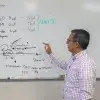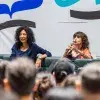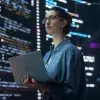Given an educational outlook of constant change, the use of technology in learning models is showing its ability to adapt and transform the classroom, as well as support teachers.
During the 2022 National Teachers’ Conference, Matthew Rascoff, leader of the Digital Education team at Stanford University and the Duke Learning Innovation team, shared this information with Tec teachers.
The Digital Education team leader also said that technology is not here to replace teachers, but to help them with their work.
“Technology gives teachers educational superpowers,” said Rascoff, who emphasized that the technology also allows academics and universities to reach more students.
During his lecture, the founder of the Office of Technology-Based Learning and Innovation at the University of North Carolina explained how technology can be used in today’s college classrooms.

Technology increasing the capacity of educational coverage
Matthew Rascoff thinks it is possible to design learning spaces with technology, which can be seen from an architectural point of view.
Taking Coursera as an example, he said it was a growing structure due to its increase in users from 2016 (21 million), to now (more than 100 million).
The academic said this poses a risk to smaller higher education institutions teaching in a traditional manner, which in his study show a decline in enrollment since 2018, in the United States at least.
“Technology gives teachers educational superpowers.”- Matthew Rascoff
However, he said that universities do have options such as the one developed by Stanford during the COVID-19 pandemic. “Code in Place,” is a learning model that aims to transform the teaching capacity of a residential (physical) university by maximizing the reach of its courses.
“With this vision in mind, we can retain the community benefits of small learning spaces alongside (digital) networks that operate on a large scale,” Rascoff said.
The Stanford model is based on a hybrid learning structure in which students learn in groups of ten under a “section leader,” who are in turn guided in groups of 20 by a “teaching leader.”
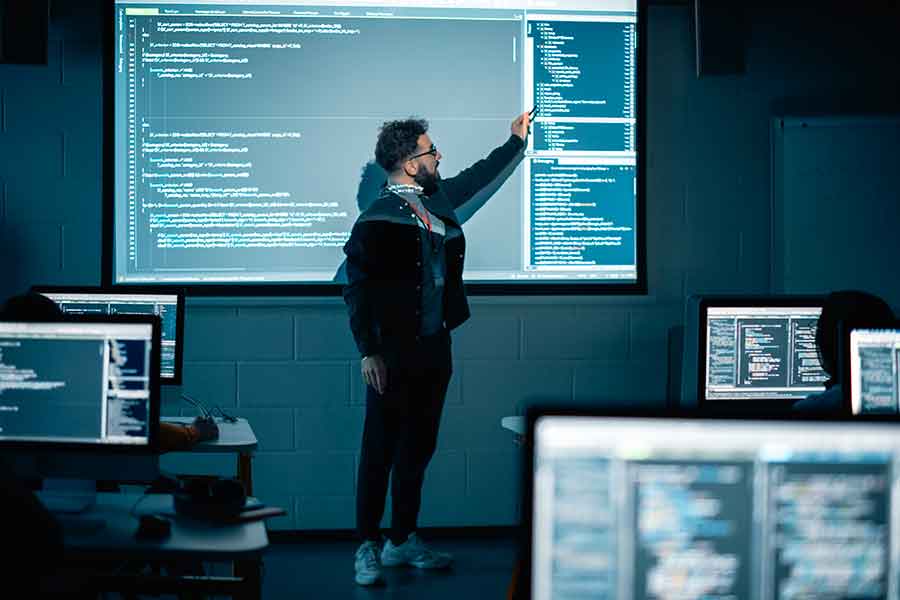
He said that this course structure was able to reach more than 12,000 students, allowing teachers to cover a larger number of students than they would have been able to in a traditional classroom.
The expert refers to this model as the “mezzo scale of learning,” falling between the “micro” scale of traditional classroom teaching and the “mega” scale of online teaching.
According to Professor Matthew, the mezzo scale of learning has four important characteristics:
- A combination of asynchronous and synchronous elements
- Guided by human teachers capable of assisting students through the use of different tools
- Based on pre-existing learning communities, using learning technology platforms to reach more students
- Offers research opportunities
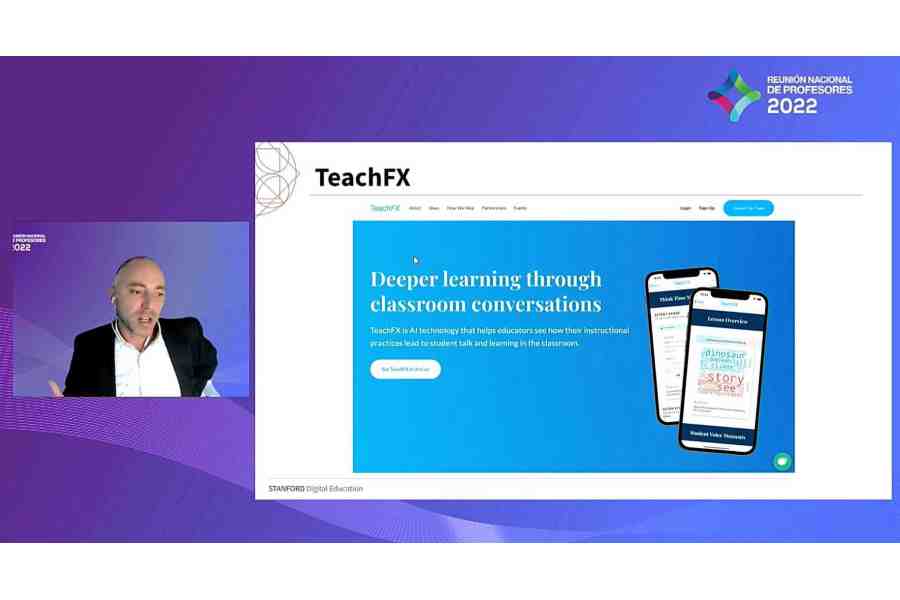
Technology is there to support, not replace teachers
Rascoff believes the Code in Place experience is invaluable because it also offered the opportunity to develop a machine-learning algorithm to provide feedback to participating teacher-trainers.
It allowed them to measure the activity of students and teachers in class.
“This technology not only helped them improve their performance with students but also provided an analysis of the transcript for each session to improve active learning principles and the implementation of their courses,” said the researcher.
Matthew Rascoff highlighted the potential for technology to improve the performance of teachers and the ability this offers people to continue performing their tasks in a better way.
According to Rascoff, “human-in-the-loop” technology helps both students and educators improve their engagement and the feedback they receive.
The Stanford researcher invited teachers to take the first step and look into platforms such as TeachFx and artificial intelligence technology that will help them to give classes that include more conversation and student learning.
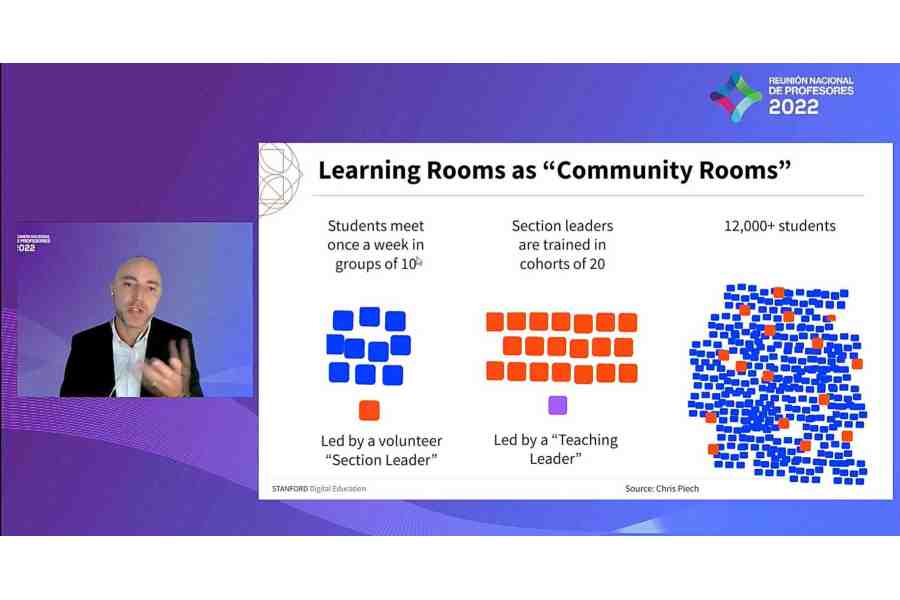
National Teachers’ Conference (RNP)
Tec de Monterrey’s RNP is an annual event at which professors from the 25 campuses, EGADE Business School, and the School of Government and Public Transformation meet to discuss education issues.
“The heart of Tecnológico de Monterrey is its faculty. That’s why the National Teachers’ Conference is of great value to our community,” said Juan Pablo Murra, Rector of Undergraduate and Graduate Studies.
“Teachers share their inspirations, conversations, and collaborations to spot new opportunities and best practices,” he added.
After completing his undergraduate studies at Columbia University, Matthew Rascoff graduated from Boğaziç University in Istanbul and obtained an MBA from Harvard Business School.
Matthew helped launch the strategy group at ITHAKA, a higher education technology business incubator (now Ithaka S+R), and has experience with Google and JSTOR, among others.
YOU MAY ALSO BE INTERESTED IN:



